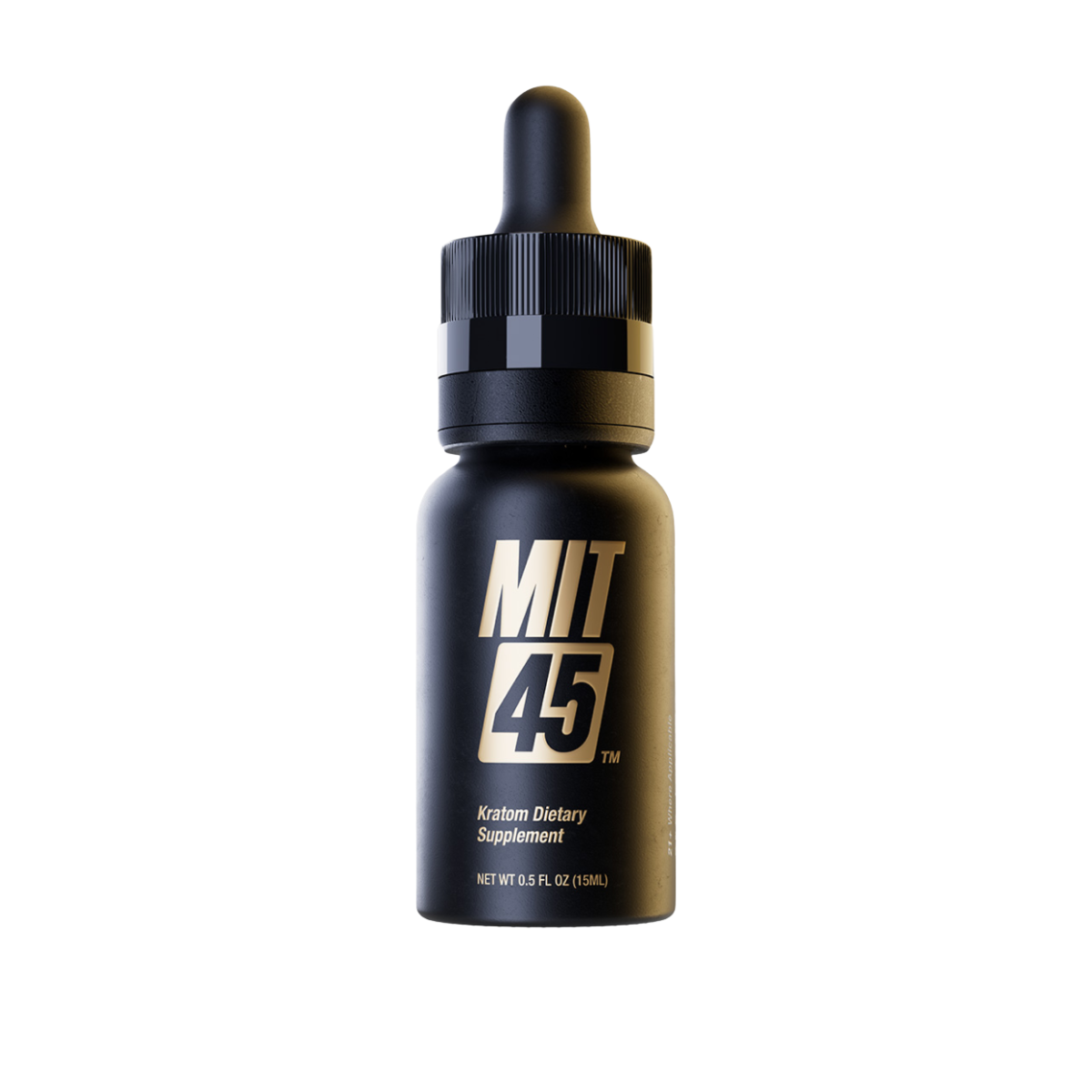
As anyone who has taken a middle or high school biology class can tell you, the mitochondria is the powerhouse of the cell. The process of generating energy for most of the body lies within this crucial part of the cell, so it makes sense to start there if you’re wondering how to better fuel your fitness routine. Understanding the relationship between exercise and mitochondria can help you make the most of your body’s energy levels, down to the cellular level.
Read on for tips on mitochondrial fitness, including the best exercise to increase mitochondria.
Making Sense of Mitochondria
Instead of giving you flashbacks to biology class, here’s a brief review of what a mitochondria is and does. A basic understanding of these incredible powerhouses can help you utilize them in the best possible way.
Mitochondria, the plural form of the word mitochondrion, have the main function of producing energy in a cell. They are organelles, which literally means “little organs”, living within the cell. Basically, the mitochondria is a tiny organ operating within almost all the body’s cells to produce energy. It’s estimated that mitochondria are responsible for making around 90% of the energy the body needs to sustain life and function properly.
So, where does the fuel for this energy production come from? In short, it comes from the food you eat and the oxygen you breathe. The mitochondria turn nutrients obtained from food into energy the body can use, sort of like how gasoline is converted through a series of chemical reactions to help fuel a car.
Mitochondria and Metabolism
Metabolism is the process in the body where energy is created from food. So, it makes sense that mitochondria and metabolism both come up when energy production is discussed. Much like blood sugar can build up in the blood if the pancreas isn’t the body isn’t properly producing insulin, unused oxygen and nutrients can build up in the individual cells and cause damage when mitochondria aren’t working.
Ultimately, when mitochondria fail to work properly, there is not enough energy for the body to function properly, and diseases of the mitochondria and metabolism can occur. Some scientists believe the roots of many diseases and chronic conditions can be traced back to faulty mitochondrial function.
With mitochondrial metabolism disorders, symptoms can range from mild to severe. Certain organs have higher energy requirements, and those organs are more likely to be linked with symptoms when mitochondrial dysfunction takes place.
Among the organs and tissues most likely to be affected are the heart and brain. Muscles, in particular, also have incredibly high energy needs. The good news is that for each of these areas of the body, regular exercise is linked with improved health and function.
What Role Do Mitochondria Play in Fitness?
Mitochondria and exercise influence one another. Like other types of dysfunction in the body, mitochondrial disorders can be influenced by environmental factors, such as toxins, diet, and exercise).
Exercise encourages the body to produce more mitochondria. This helps the body keep up with the energy demands that physical activity creates. Additionally, regular physical activity prompts the body to keep existing mitochondria working properly.
In other words, exercise can take your mitochondrial function from just “limping along” to really thriving and multiplying. Regular exercise is crucial to improving mitochondrial metabolism, and researchers also believe exercise has the power to:
- Improve the overall quality of mitochondria
- Aid in the repair or elimination (“remodeling”) of damaged mitochondria
- Assist in recovery of an impaired metabolism
Essentially, from entire organs (like the brain) down to a cellular level (in the mitochondria), exercise is thought to have a protective effect.

What is Mitochondria Exercise or Mitochondria Fitness?
Whether you are already dealing with a mitochondria-related disease or not, exercise can help you stay healthy—both overall and at a cellular level. A recent study put it perfectly: “exercise remains the most potent behavioural therapeutic approach for the improvement of mitochondrial health, not only in muscle, but potentially also in other tissues.”
Mitochondria fitness, sometimes called mitochondria exercise, involves specific exercises aimed at increasing the number or efficiency of mitochondria in the body.
You may not feel like you need mitochondrial exercise, but the symptoms of mitochondrial disease can be sneaky. In the muscles, mitochondrial dysfunction may be linked to a feeling of weakness or cramping. Prioritizing your mitochondrial health through exercise now is a great way to protect yourself against dysfunction in the future.
Best Types of Exercises for Mitochondrial Health
Building muscle mass, especially through strength training, is not just beneficial for overall health and healthy aging. It’s also crucial to improving mitochondrial function and increasing your body’s ability to produce energy at the cellular level. As mentioned above, physical activity prompts cells within the body to produce enough energy to meet its needs. GOATA in this case can make a difference for any athlete.
Some examples of strength training (also called resistance training or weight training) for mitochondrial fitness include:
- Abdominal exercises
- Calf or heel raises
- Chest or leg press
- High-intensity interval training (HIIT, which is generally a mix of strength and cardio)
- Rowing
Endurance training is also known to increase the amount of mitochondria in muscle and improve mitochondrial metabolism. This type of exercise raises your heart rate and breathing, which can also prompt your mitochondria to be in tip-top shape. Some popular forms of strength training for mitochondrial health include:
- Biking
- Jumping rope
- Swimming
- Walking or jogging
According to recent research, those with diseases or conditions resistant to changes in diet may still see an improvement in mitochondrial metabolism with regular exercise. In other words, if you feel like you’ve already tried everything to improve your health and still haven’t seen the results you’re looking for, mitochondria-focused fitness may be the answer you’re looking for.
Setting Yourself Up to Succeed
Exercise isn’t the only way to benefit your mitochondria. Supporting your physical activity routine with the following healthy habits can create the best environment for your mitochondria to thrive:
- Eat a well-balanced diet full of nutrients, i.e. antioxidants like vitamin E (which can help reduce cellular damage in the body).
- Supplement with certain vitamins, minerals, and other compounds as needed, according to your body’s gaps (popular picks include N-Acetyl Cysteine, known as NAC, and CoQ10).
- Take medications according to your health provider’s advice/recommendation.
- Avoid toxin exposure whenever possible.
If you’re already dealing with mitochondrial disease or metabolic disorder and struggling to exercise regularly, meeting with a physical therapist can work wonders. Physical therapists can help you increase your fitness level without putting too much of a strain on your body. Essentially, they’ll help you find that “happy medium” point where you’re pushing your body enough to see the benefits, but not so much that your symptoms flare up to an unmanageable degree.
Can Kratom Help With Mitochondrial Health?
The link between kratom and energy production isn’t quite clear yet. However, kratom products are particularly popular among the fitness community.
Curious about kratom and exercise? Learn more by reading Kratom and Your Workout: 2023 Edition and Ways to Maximize Your Fitness Goals in 2023.
The Bottom Line on Building Mitochondrial Health
Trying to understand mitochondria and metabolism may feel like an energy drain on its own! Luckily, science proves something simple — exercise is good for your mitochondria, and healthy mitochondria can improve your ability to exercise. Support your body starting today by participating in a mitochondria-focused physical fitness plan.
References
Adães S. Why Does Mitochondrial Health Affect Aging? 4 Science-Backed Ways To Rejuvenate Mitochondria. Neurohacker.com. Published June 2021.
American Heart Association. Endurance Exercise (Aerobic). Heart.org. Published April 2018.
Centers for Disease Control and Prevention. Frequently Asked Questions on Mitochondrial Disease. Cdc.gov. Published August 2019.
Cleveland Clinic. Mitochondrial Diseases. My.clevelandclinic.org. Accessed May 2023.
Diaz-Vegas A, Sanchez-Aguilera P, Krycer JR, Morales PE, Monsalves-Alverez M, et al. Is Mitochondrial Dysfunction a Common Root of Noncommunicable Chronic Diseases? Endocr Rev. 2020;41(3):bnaa005.
Davis RL, Liang C, Sue CM. Chapter 10 – Mitochondrial diseases. In: Gerschwind DH, Paulson HL, Klein C, ed. Handbook of Clinical Neurology (Volume 147). Elsevier;2018:125-141.
Huertas JR, Casuso RA, Agustín PH, Cogliati S. Stay Fit, Stay Young: Mitochondria in Movement: The Role of Exercise in the New Mitochondrial Paradigm. Oxid Med Cell Longev. 2019:7058350.
Marrs C. Exercise Heals Mitochondria. Hormonesmatter.com. Published February 2023.
Masada K, Jue T, Hamidie RDR. Mitochondrial Biogenesis Induced By Exercise and Nutrients: Implication for Performance and Health Benefits. Indones J Sci Technol. 2017;2(2).
Mito Foundation. Exercise and Mitochondrial Disease. Mito.org.au. Accessed May 2023.
National Human Genome Research Institute. Mitochondria. Genome.gov. Published May 2023.
National Library of Medicine. Mitochondrial Diseases. Medlineplus.gov. Published August 2016.
Nicoletti V, Palermo G, Prete ED, Mancuso M, Ceravolo R. Understanding the Multiple Role of Mitochondria in Parkinson’s Disease and Related Disorders: Lesson From Genetics and Protein-Interaction Network. Front Cell Dev Biol. 2021;9:636506.
O’Reilly CL, Miller BF, Lewis Jr. TL. Exercise and mitochondrial remodeling to prevent age-related neurodegeneration. J Appl Physiol. 2023.
Pileggi CA, Blondin DP, Hooks BG, Parmar G, Alecu I, et al. Exercise training enhances muscle mitochondrial metabolism in diet-resistant obesity. Lancet. 2022;83:104192.
Pizzorno J. Mitochondria—Fundamental to Life and Health. Integr Med (Encinitas). 2014;13(2):8-15.
Porter C, Reidy PT, Bhattarai N, Sidossis LS, Rasmussen BB. Resistance Training Alters Mitochondrial Function in Human Skeletal Muscle. Med Sci Sports Exerc. 2015;47(9):1922-1931.
Sorriento D, Vaia ED, Iaccarino G. Physical Exercise: A Novel Tool to Protect Mitochondrial Health. Front Physiol. 2021;12:660068.
United Mitochondrial Disease Foundation. Understanding & Navigating Mitochondrial Disease. Umdf.org. Accessed May 2023.



